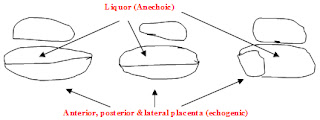- Dehydrations reduction of body water level in the extracellular compartment sometimes accompanied with intracellular compartment due to excessive water loss or lack of water intake.
- The signs of dehydration are;
- Decrease skin turgor.
- Dry lips & tongue.
- Decrease blood pressure.
- Increase heart rate & pulse .
- Sunken eyeballs.
- Sunken fontanelle (infants).
- The symptoms of dehydration are;
- Dry throat and mouth.
- Difficulty in speech.
- Decrease urine output.
- Lethargy.
- Weight loss.
.bmp)





